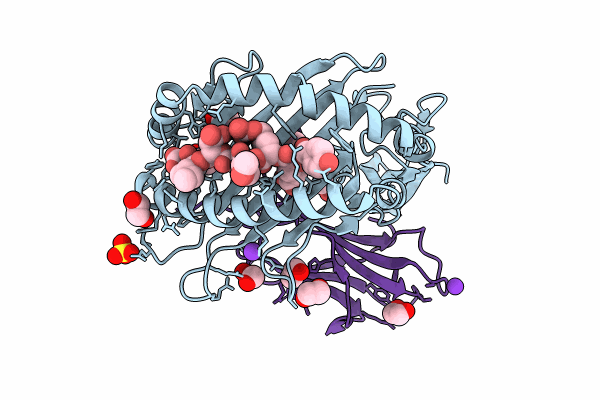
Deposition Date
2024-01-11
Release Date
2024-05-08
Last Version Date
2024-11-06
Entry Detail
PDB ID:
8ROO
Keywords:
Title:
Crystal structure of HLA B*18:01 in complex with YERMCNIL, an 8-mer epitope from Influenza A
Biological Source:
Source Organism:
Homo sapiens (Taxon ID: 9606)
Influenza A virus (A/X-31(H3N2)) (Taxon ID: 132504)
Influenza A virus (A/X-31(H3N2)) (Taxon ID: 132504)
Host Organism:
Method Details:
Experimental Method:
Resolution:
1.40 Å
R-Value Free:
0.18
R-Value Work:
0.15
R-Value Observed:
0.15
Space Group:
P 21 21 21


